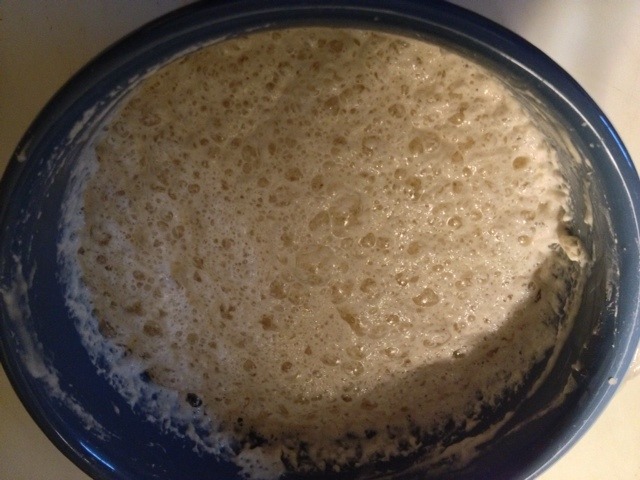A Flavor Remembered (Scrapple)
 Saturday, November 10, 2012 at 01:07PM
Saturday, November 10, 2012 at 01:07PM This week I recieved an e-mail from my daughter Rachel reminding me that November 9th was National Scrapple Day, little did she know that during the weeks prior there had been a flow of postings about scrapple on Linked-in. It is funny how those flavors from the past just suddenly become the in food or trend of the moment. I am not saying that scrapple will become the trending restaurant concept of tomorrow, but it is if a flavor that many people might enjoy.
Now for those who don't really know me I was born in Philadelphia and moved to New England at a very young age. I remember we would return to Philadelphia every year and visit our family. As a child I thought we were returning to eat scrapple and have French vanilla ice cream at the Reading terminal. So scrapple and I go way back, but the origins of scrapple predate me considerably.
Scrapple is a unique breakfast meat that has a history in this country that dates back to the late 1600's when the Pennsylvania Dutch came, and as one of their gifts to the melting pot, gave us scrapple. These people were, and still are, great sausage makers and wasted nothing in their kitchens. Originally, as the name suggests, scrapple was made from bits and scraps, frequently the pigs head and other less saleable parts. This meat was cooked until it fell from the bone, then cornmeal was added along with a wonderful variety of spices to give the scrapple, sometimes called panhaus, a truly unique flavor.
You may be wondering how I can satisfy the craving for this unique Philadelphia flavor, I can't fly to Philadelphia every time I get the yearning for scrapple so I had to develop a homemade scrapple recipe that satisfied me at least close to the degree that the Philadelphia scrapple does. I must warn you that it takes a little work. But there is a possibility that you could become hooked on this special flavor.
I have used a much fancier cut of pork then is necessary but I felt it would make you happier knowing you had high quality ingredients. Feel free to go out and get a pigs head if you like.
HOME MADE SCRAPPLE
1 1/2 pounds chuck-end pork loin (sliced), 1/2 cup flour,
3 1/2 cups water, 1 tsp.marjoram,
2 tsp. salt 1/2 tsp. sage
1 tsp. black pepper 1 tsp. thyme
1/2 cup cornmeal 1/4 tsp. allspice
Combine pork, water, salt and pepper in a saucepan and boil for two hours or until the meat falls from the bone. Pour off the broth and allow it to cool. Once it is cool you may skim off the fat from the top. Remove all the bones from the meat and chop the meat fine. You will need 2 1/2 cups of broth to complete the recipe. If you do not have that much, add warm water to your broth to make up the difference. In a large saucepan, combine the cornmeal and flour with 1 cup of broth and blend the mixture well, add the other 1 1/2 cups of broth with the seasonings and cook for about five minutes. Stir in the chopped pork and allow to cook until thick, about one hour. While the scrapple is cooking the temperature should be low, simmering. Stir constantly during the cooking. When the hour is up, pour the mixture into a greased 9" x 5" x 3" loaf pan and chill.
To cook, cut slices about 1/4 inch thick and flour well, then fry in butter or margarine. Serve with eggs and pancakes or just eat it plain. Anyway you have it, ENJOY!

